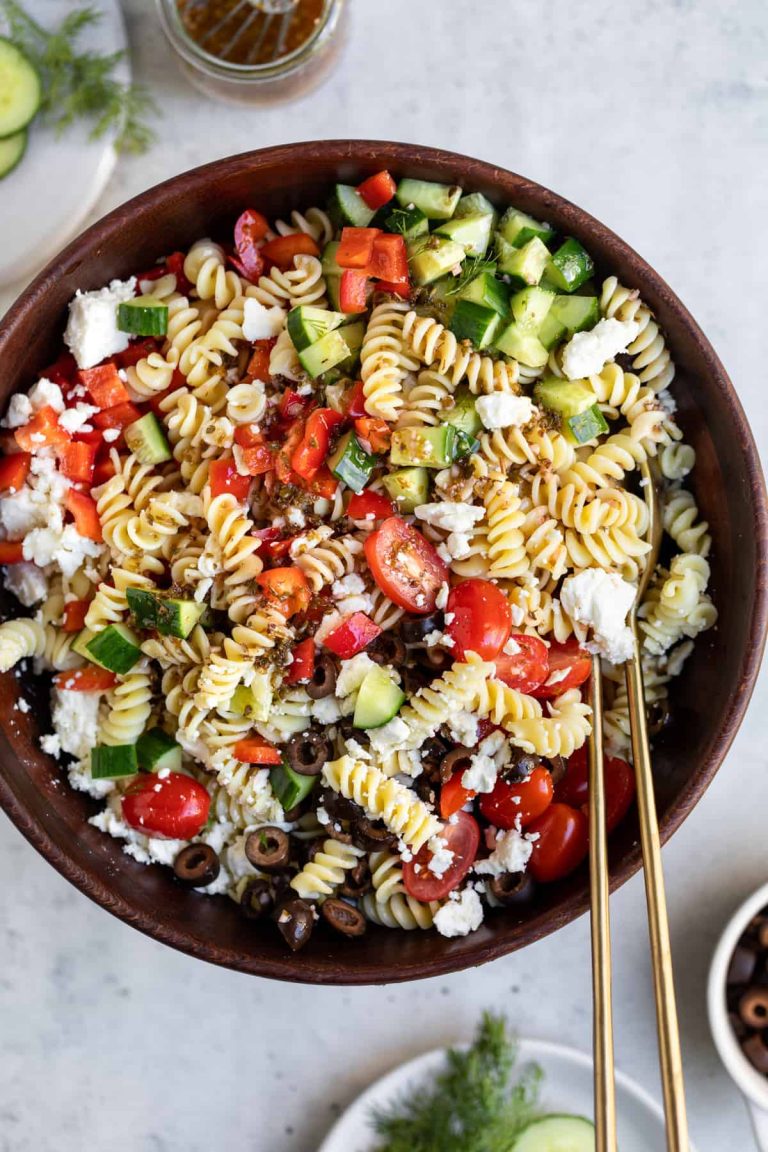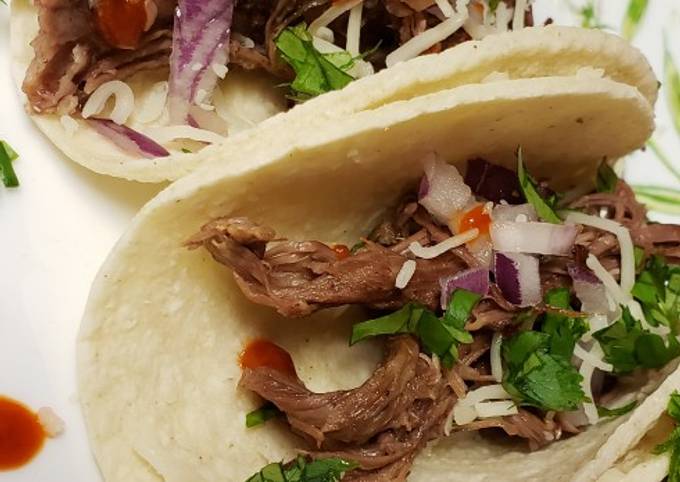Pastitsio: Authentic Recipe, Nutritional Insights, and Delicious Variations
Pastitsio has deep roots in Greek culinary tradition. You’ll find its origins dating back to ancient times, reflecting a confluence of Mediterranean influences. Greeks have long considered Pastitsio a symbol of comfort and festivity, often serving it during family gatherings and celebrations. It’s not just a meal but a cultural experience, embodying the warmth and hospitality synonymous with Greek culture.
Key Ingredients and Variations
Pastitsio consists of three main components: pasta, meat sauce, and béchamel sauce. You’ll typically find tubular pasta like bucatini or penne forming the base. The meat sauce often features ground beef or lamb seasoned with onion, garlic, and spices such as cinnamon, nutmeg, and allspice. The creamy béchamel sauce, made from butter, flour, milk, and eggs, crowns the dish, creating a rich and velvety texture.
Variations exist based on regional and personal preferences. Some recipes might use different meats like pork or turkey, and others could incorporate additional vegetables like tomatoes, bell peppers, or zucchini. The cheese topping might also vary, with options like Parmesan or Kefalotyri adding distinct flavors to the final dish.
How to Make Pastitsio
Necessary Kitchen Tools
Efficiently prepare Pastitsio with the right kitchen tools:
- Large Pot: Boil the pasta.
- Skillet: Cook the meat sauce.
- Medium Saucepan: Prepare the béchamel sauce.
- 9×13 Baking Dish: Assemble and bake the Pastitsio.
- Whisk: Combine béchamel ingredients seamlessly.
- Wooden Spoon: Stir sauces and meat.
- Colander: Drain the pasta.
- Prepare the Pasta
Cook pasta in a large pot of salted boiling water until al dente, then drain in a colander. Set aside.
- Make the Meat Sauce
In a skillet, heat olive oil and sauté chopped onions until translucent. Add ground beef or lamb, cooking until browned. Mix in tomato paste, diced tomatoes, red wine, and seasonings like cinnamon and ground cloves. Simmer the sauce until it thickens.
- Create the Béchamel Sauce
Melt butter in a medium saucepan, then whisk in flour to make a roux. Gradually add milk, continuously whisking until the sauce thickens. Season with salt, nutmeg, and white pepper. Remove from heat, then mix in beaten eggs for a creamy consistency.
- Assemble the Pastitsio
Spread a layer of cooked pasta at the base of a 9×13 baking dish. Follow with an even layer of meat sauce. Add another layer of pasta, then pour the béchamel sauce over the top, spreading it evenly.
- Bake the Dish
Preheat the oven to 350°F (175°C). Place the baking dish in the oven. Bake for approximately 45 minutes until the top turns golden brown. Let the Pastitsio cool for a few minutes before serving.
By following these steps, you can create an authentic and flavorful Pastitsio that brings a taste of Greece to your table.
Serving and Pairing Pastitsio
Ideal Side Dishes
When serving Pastitsio, side dishes complement the rich flavors and complete the meal. Simple salads, roasted vegetables, and Greek-inspired appetizers work well:
- Greek Salad: Tomatoes, cucumbers, red onions, Kalamata olives, and feta cheese with olive oil and oregano.
- Roasted Vegetables: A mix of zucchini, bell peppers, and eggplant, seasoned with herbs and olive oil.
- Tzatziki: A yogurt-based dip made with cucumbers, garlic, olive oil, and fresh dill.
- Dolmades: Grape leaves stuffed with rice, pine nuts, and herbs, adding a delightful texture.
- Pita Bread: Warm, soft pita that can be used to scoop up sauces or complement the dish.
Wine Pairings
Pair Pastitsio with wines that enhance its savory and creamy profile. Reds with moderate tannins and whites with balanced acidity work best:
- Agiorgitiko: A versatile Greek red wine with soft tannins and fruity notes.
- Xinomavro: A Greek red with robust flavor and balanced acidity.
- Assyrtiko: A refreshing Greek white wine with citrus and mineral hints.
- Retsina: A traditional Greek white wine with pine resin infusion, complementing the dish’s richness.
- Pinot Noir: A light-bodied red wine with berry flavors and gentle tannins.
- Sauvignon Blanc: A crisp white wine with high acidity and herbal aromas.
These options enhance the dining experience, balancing Pastitsio’s hearty aspects.
Health and Nutritional Aspects of Pastitsio
Caloric Content
Pastitsio typically contains meat, pasta, and béchamel sauce, contributing to its calorie count. An average serving of Pastitsio, approximately 300 grams, provides around 600-800 calories. Most of these calories come from carbohydrates in pasta, fats in the béchamel sauce, and proteins in the meat. To manage calorie intake, consider serving smaller portions or pairing it with low-calorie side dishes like Greek Salad or Roasted Vegetables.
Dietary Considerations
Pastitsio includes ingredients like meat and dairy that might not suit all dietary needs. For lactose intolerance, substitute béchamel sauce with a dairy-free version using almond or soy milk. Vegetarians can replace the ground meat with lentils or mushrooms. For gluten sensitivity, use gluten-free pasta and a gluten-free flour substitute in the béchamel sauce. Tailoring Pastitsio to specific diets ensures inclusivity while retaining its essence.
Conclusion
Pastitsio isn’t just a meal; it’s an experience that brings the warmth and richness of Greek cuisine to your table. Whether you’re savoring its traditional form or customizing it to meet dietary needs, this dish offers a versatile and satisfying option for any occasion. Pair it with a crisp Greek salad or roasted vegetables and a glass of your favorite wine to complete your culinary journey. Embrace the flavors and enjoy the comfort that Pastitsio brings to your dining experience.






